By Gracia Murris
Overview
One of the most enriching relationships of human beings is the relationship between owner and companion-animal, including more specifically the relationship between owner and cat. This project is about the development of the owner-cat relationship and what leads up to the unexpected termination of it: when an owner decides to give up the relationship and surrender the cat to the shelter. Owners have different reasons— often more than one reason — for surrendering their cat. Most of these reasons are owner-related, others seem to be cat-related (Salman et al.,1998). Many of these reasons, however, are influenced by the expectations owners have of their cat (such as their role in the family), the cat’s relationship with family members and the cat’s behavior, personality and appearance. These expectations are based on the owner’s experience, their knowledge of feline behavior and needs and the motives the owners had for adopting the animal.

Fig 1. Owner’s expectations
Unrealistic expectations and lack of knowledge regarding feline behavior and personality are risk factors for owner-surrender (Bernstein, 2007). Increasing the knowledge of owners can be helpful in this respect: coaching them to attribute the right motivations and emotions to their cat, to shift their expectations (Bernstein, 2007), and in the end possibly improving the human-animal bond.
Approach
To create knowledge on human and cat behavior and experience, this project took a human-centered and animal-centered approach. Qualitative research, like contextmapping, interviews and storybooks generated insights into people’s activities, experiences, motivations and emotions when it comes to cat ownership. The contextmapping and interviews led into the making of a storybook.
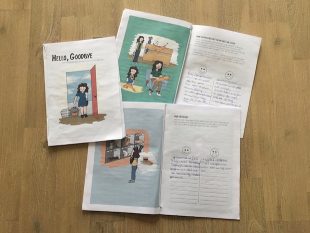
Fig 2. Storybook
The storybook captured the emotional journey the owner goes through when adopting a cat and developing the relationship. It pinpointed the moment which would be most critical for an intervention (the beginning of the relationship right after adopting) and which emotions are most effective in increasing the human-animal bond (close, playful, fascination and respect).
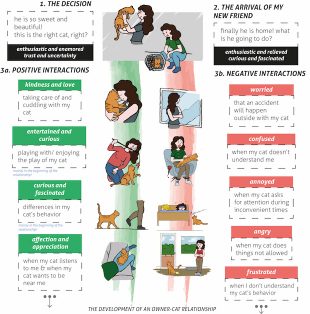
Fig 3. Emotional Journey
Both existing literature as well as new observations (through experiments) were used to generate insights into the ways cats behave (in general), their personality and their interaction with humans (more specifically). Attachment (mutual affection) between human and cat can increase through four dimensions: 1) knowledge about the cat and its care, 2) the behavioral responsiveness to the cat and its needs, 3) interest in and affection for the cat, and 4) time spent with and activities directed toward the cat (Melson, 1989).
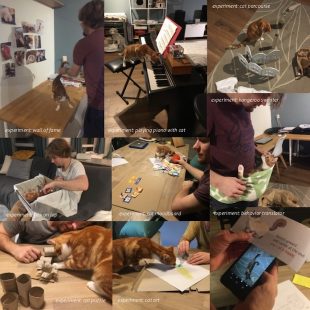
Fig 4. Experiments
Result
A design was created to support new owners in understanding their cat’s behavior and personality to experience mutual affection in the relationship to eventually increase the human-animal bond in order to prevent owner-surrender. The final concept, ‘Telltail’ is a product that consists out of several elements that convey knowledge about the cat’s behavior and personality to the owner and facilitate interactions between the owner and cat. It makes use of the four attachment dimensions stated above.
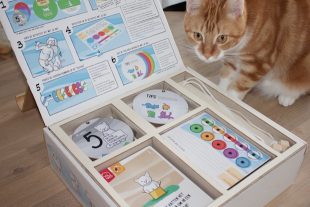
Fig 5. The product
At first the owner chooses an activity to do with her cat. During the activity the owner observes the cat’s behavior. After the activity the owner reflects on her cat’s reaction on the activity and chooses a feline personality trait that suits her cat’s behavior the most. These traits are: skittishness, spontaneity, dominance, outgoingness and friendliness. You can choose a low or a high score of the trait. After doing several activities, the owner has collected several traits that visualizes then her cat’s personality. Based on your cat’s personality the product gives some concrete advice on how to make life with your cat more comfortable.
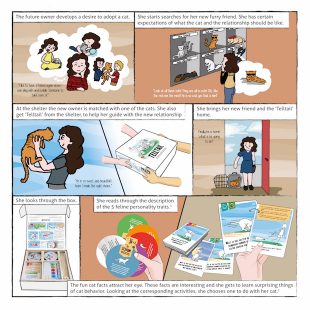
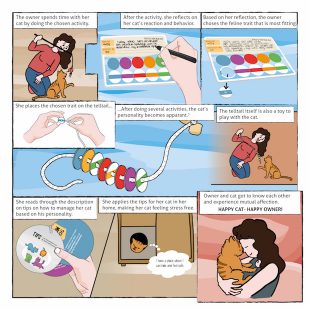
Fig 6. User scenario
Save



